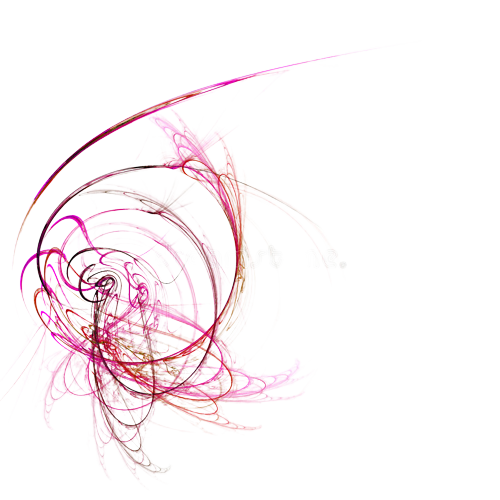How does TNF induce apoptosis?
TNF-induced apoptosis is mediated primarily through the activation of type I receptors, the death domain of which recruits more than a dozen different signaling proteins, which together are considered part of an apoptotic cascade.
Is TNF a death ligand?
TNF as well as causing necrotic cell death may also cause apoptotic cell death, cellular proliferation, differentiation, inflammation, tumourigenesis, and viral replication (Figure 2).
What is TNF in apoptosis?
Tumor necrosis factor-related apoptosis-inducing ligand or Apo 2 ligand (TRAIL/Apo2L) is a member of the tumor necrosis factor (TNF) family of ligands capable of initiating apoptosis through engagement of its death receptors.
Can ligands for death receptors trigger apoptosis?
Death receptor ligands, particularly TN-related apoptosis-inducing ligands (TRAILs), have great potential for selective induction of apoptosis in transformed cells. Conatumumab (AMG655) is an antibody that binds to TRAIL receptor 2 (TR-2/DR5) and activates caspase and induces apoptosis in sensitive tumor cells.
How is TNF alpha induced?
TNF-α-induced cell death can be initiated by the mitochondria-dependent pathway (intrinsic pathway) or by the mitochondria-independent pathway (extrinsic pathway). In this study, we showed that Romo1 mediated TNF-α-induced ROS generation by forming a complex with TNF-α-induced signaling complex II and with Bcl-XL.
How does TNF a work?
How They Work. TNF inhibitors are antibodies made in a lab from human or animal tissue. (Your body makes antibodies to fight off infections.) Once they’re put into your blood, they cause a reaction in your immune system that blocks inflammation.
Is TNF a ligand?
The tumor necrosis factor (TNF) and TNF receptor (TNFR) superfamilies (TNFSF/TNFRSF) include 19 ligands and 29 receptors that play important roles in the modulation of cellular functions.
How is TNF produced?
Abstract. Tumour Necrosis Factor alpha (TNF alpha), is an inflammatory cytokine produced by macrophages/monocytes during acute inflammation and is responsible for a diverse range of signalling events within cells, leading to necrosis or apoptosis. The protein is also important for resistance to infection and cancers.
What produces TNF?
TNF (a.k.a. cachectin or cachexin, and formerly known as TNF-α) is predominantly produced by macrophages, but can also be secreted in limited quantities by B cells, natural killer cells, endothelial and muscle cells, fibroblasts, and osteoclasts.
Which caspase is directly activated by the binding of a death ligand to a death receptor such as FAS or trail?
Caspase 8 then directly cleaves and activates caspase 3. In these cells, Fas is associated with membrane rafts, which favors its internalization (48, 55).
Where does death ligand come from?
The cognate death ligands can be expressed by various cell types. CD95 ligand (CD95L) and TNF are mainly found in activated lymphocytes and macrophages, respectively, whereas TRAIL is expressed by various cell types.
What stimulates TNF?
Tumor Necrosis Factor-α (TNF-α) Pro-inflammatory signaling pathways are stimulated by activation of either NF-κB or MAPK.
